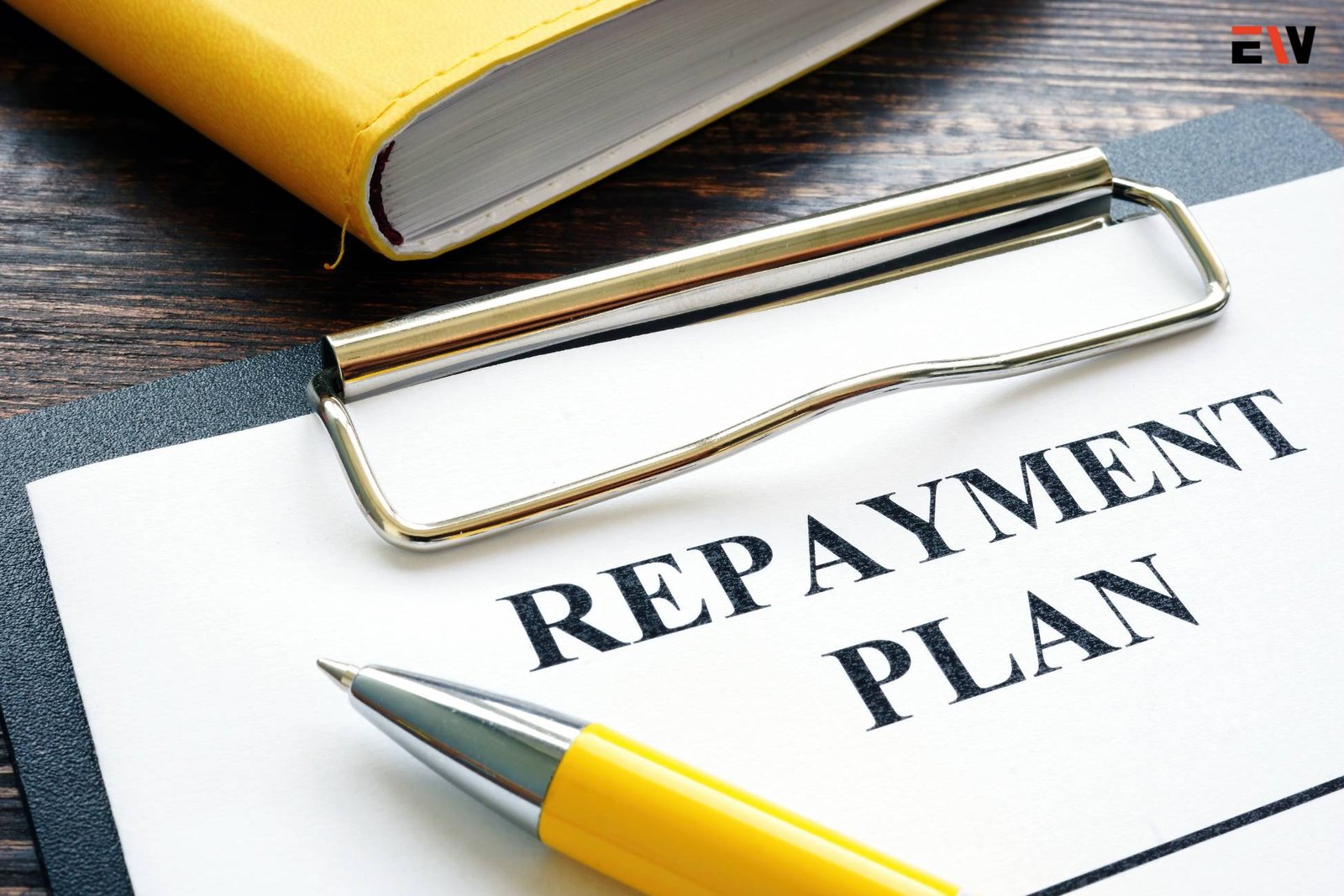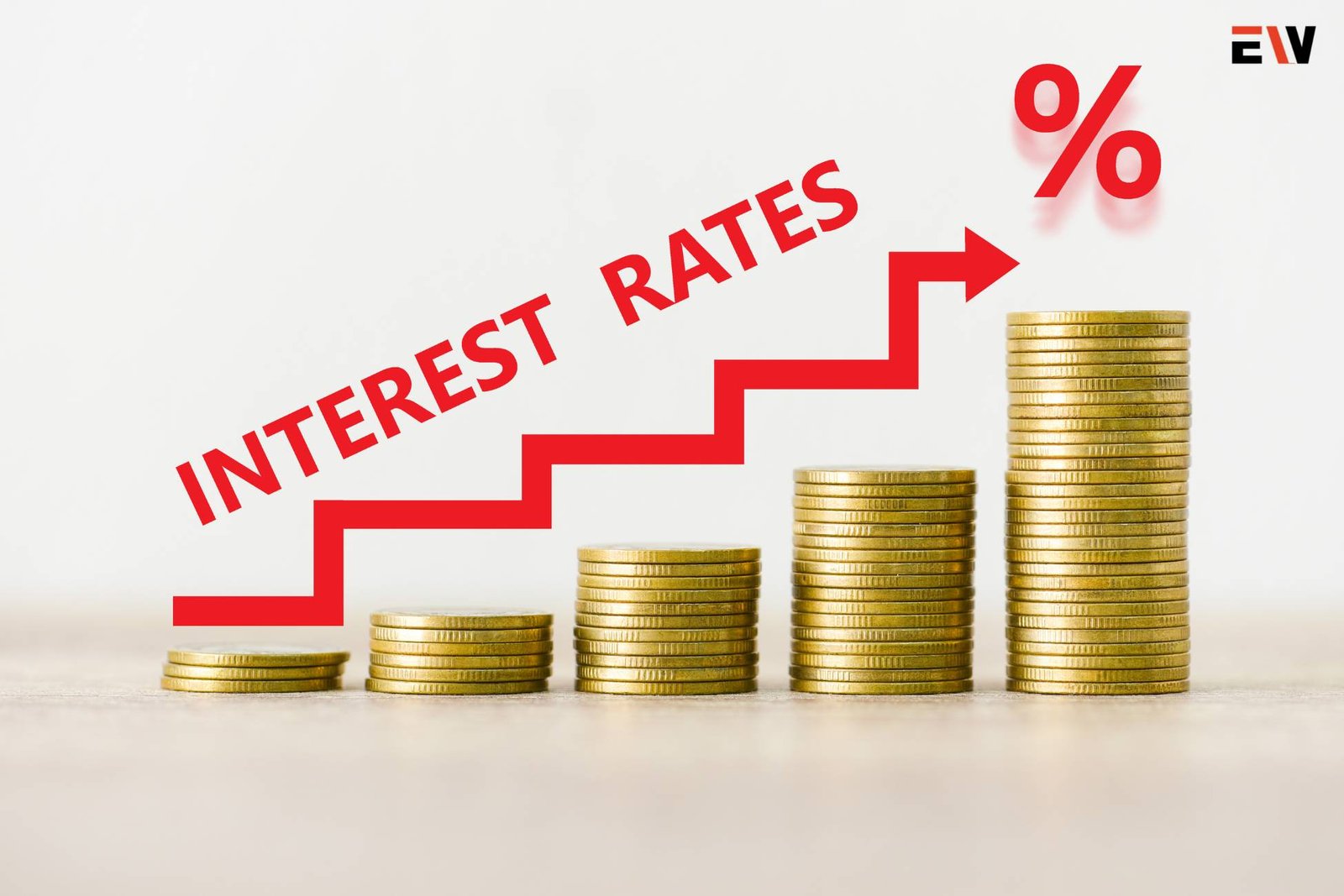The rising costs of tuition and associated expenses have made financing higher education a daunting task for many students. While federal student loans are a common choice, they may not always cover the entire cost of education. This is where private student loans come into play. In this comprehensive guide, we will delve into the intricacies of private student loans, exploring their features, advantages, and potential pitfalls.
Understanding Private Student Loans:
1. Definition and Basics
Private student loans are financial tools offered by private lenders, such as banks or credit unions, to help students cover educational expenses. Unlike federal student loans, which are backed by the government, private loans are obtained through a credit check and typically require a co-signer if the borrower has limited credit history or income.
2. Eligibility Criteria
Private lenders evaluate applicants based on creditworthiness and income. Students with a strong credit history may secure loans with more favorable terms, while those without may need a co-signer. Understanding the eligibility criteria is crucial before applying for a private student loan.
3. Interest Rates
Interest rates on private student loans can be fixed or variable. It’s essential to comprehend how interest accrues over the life of the loan and how it impacts overall repayment. Variable rates may start lower but can increase, leading to higher costs over time.
Features of Private Student Loans:
1. Eligibility Criteria
Private student loans often require a credit check and a co-signer, typically a parent or guardian, who is equally responsible for loan repayment. This can be a significant barrier for students with limited credit history or those without a willing co-signer.
2. Interest Rates
Interest rates on private student loans can be fixed or variable. While fixed rates remain constant throughout the life of the loan, variable rates may fluctuate based on market conditions. Borrowers must understand the terms and implications of each option.
3. Loan Limits
Private student loans may offer higher borrowing limits compared to federal loans. However, it’s essential to borrow responsibly and only what is necessary to cover educational expenses. Excessive borrowing can lead to financial challenges after graduation.
4. Repayment Terms

Private loans often have shorter repayment terms than federal loans. While federal loans may offer income-driven repayment plans and loan forgiveness options, private loans may have less flexible repayment terms.
Advantages:
1. Higher Borrowing Limits
Private student loans can provide more substantial funding compared to federal loans, making them a viable option for students attending expensive institutions or pursuing advanced degrees.
2. Flexible Use of Funds
Student loans can be used to cover various education-related expenses, including tuition, books, housing, and even living expenses. This flexibility allows students to tailor the loan to their specific needs.
3. Potentially Lower Interest Rates for Well-Qualified Borrowers
Students with a strong credit history and a co-signer may qualify for competitive interest rates on private loans. This can result in lower overall costs compared to federal loans for some borrowers.
Considerations and Potential Pitfalls:
1. Creditworthiness and Co-Signers
The eligibility criteria for student loans heavily depend on the borrower’s creditworthiness. Students with limited credit history may find it challenging to secure a private loan without a co-signer. The co-signer’s credit history is also crucial, as it directly impacts the interest rate offered.
2. Variable Interest Rates

While variable interest rates may start lower than fixed rates, they can increase over time, leading to higher overall costs. Borrowers need to carefully weigh the potential savings in the short term against the long-term risks associated with variable rates.
3. Limited Repayment Options
Private loans generally have fewer repayment options than federal loans. Borrowers may not have access to income-driven repayment plans, loan forgiveness, or other federal benefits. This lack of flexibility can pose challenges, especially during periods of financial hardship.
4. Interest Accrual During School and Grace Periods
Unlike federally subsidized loans, where the government covers interest during certain periods, private student loans often accrue interest from the disbursement date. This means that interest can accumulate while the student is in school or during the grace period after graduation, increasing the overall repayment amount.
The Impact on Financial Health
1. Credit Score Implications
Taking out loans can have a significant impact on a borrower’s credit score. Timely payments contribute positively to credit history, but missed payments or defaults can harm credit scores, affecting future financial opportunities such as obtaining a mortgage or car loan.
2. Financial Stress and Mental Health
The burden of student loan debt, particularly private loans with higher interest rates, can lead to financial stress and impact mental health. Students and graduates may experience anxiety and pressure as they navigate repayment, influencing overall well-being.
3. Loan Refinancing Opportunities

Borrowers with private student loans should explore opportunities for loan refinancing. Refinancing can lead to lower interest rates, reduced monthly payments, and potentially more favorable terms, providing financial relief and aiding in long-term financial planning.
Conclusion:
Private student loans can be a valuable tool for financing higher education, offering flexibility and higher borrowing limits. However, students and their families must approach private loans with a clear understanding of the terms, potential risks, and alternatives available. Thorough research, comparison of lenders, and careful consideration of individual financial situations are essential steps in making informed decisions about student loans. As the education financing landscape continues to evolve, being well-informed empowers students to navigate the complexities and pursue their academic goals with financial confidence.










